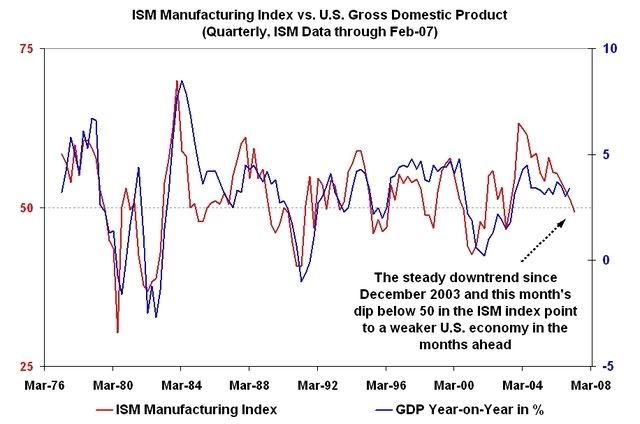
If your employer tries to cut your health care and pension by 98 percent, what do you do?
As a rule, not much.
Unless you’re in a union.
When 2,800 workers at the Harley-Davidson plant in York, Pa., were faced with that appalling ultimatum last week, the members of Machinists Local 175 knew they didn’t have to keep their mouths closed and swallow whatever the employer dictated. As union members, they spoke with their feet and now are walking the picket line. The company closed the plant after the last shift Friday.
Analysts disagree on the cost of the strike for Harley. One predicts the walkout could cost
$11 million a day; another estimates $3 million per day. The York plant assembles the most profitable Harley-Davidson models. Other plants in the Milwaukee area and Kansas City make parts for assembly in York.
But let’s face it. Most workers aren’t in unions. In fact, the percentage of U.S. workers in unions declined last year, from 12.5 percent in 2005 to 12 percent in 2006. Yet some
60 million workers say they would join a union if they could.
So why don’t they? The primary reason is that our nation’s labor laws are outdated and so full of holes some employers get away with illegal actions like
firing workers who express an interest in joining unions. U.S. labor laws, which date back to the 1930s, are skewed in favor of corporate giants who spend big bucks to harass and intimidate workers. And their techniques work—after all, how many people want to lose their jobs? (Although, as I noted, it’s illegal to fire workers for forming unions, management does it anyway, counting on the fact that it often takes years for a worker’s appeal to wind its way through the regional and national labor boards and even the courts.)

Workers represented by unions earn, on average,
30 percent more than nonunion workers: $833 in median earnings a week compared with $642. Some 80 percent of union members have employer-provided health insurance, compared with 49 percent of nonunion workers.
And as for those pensions, 68 percent of union members have guaranteed (defined-benefit) pensions—and only 14 percent of nonunion workers.
I noted here last week how the nation’s middle class—and increasingly, professional and technical workers—worry about their economic future as jobs become less stable or more difficult to attain and the quality of work life slides downhill. A growing number of professionals find their middle-class life threatened by economic forces that, without a union voice at work, they can’t control.
Yet when they try to form unions, the deck is stacked against them. Why is Harley- Davidson willing to lose millions of dollars in profits instead of trying to negotiate a contract that doesn’t decimate pension and health benefits?
AFL-CIO Organizing Director Stewart Acuff
puts it this way:
[There is a] direct correlation between 25 years of stagnant, flat-lined wages and the assault on unions. Forty-seven million of us are without health care and 40 million with inadequate health care, [and] 20 percent more of us [live] in poverty now than when this decade started.
A few years ago, we in the union movement began pushing for a bill called the
Employee Free Choice Act that would level the playing field for workers and help rebuild America’s middle class and restore the freedom of workers to choose a union. It would restore workers’ freedom to choose a union by:
- Establishing stronger penalties for violation of employee rights when workers seek to form a union and during first-contract negotiations.
- Providing mediation and arbitration for first-contract disputes.
- Allowing employees to form unions by signing cards authorizing union representation.
Even in the unpleasant 109th Congress, we got 215 co-sponsors in the House and 44 in the Senate. But with a new, worker-friendly Congress, we now have
231 House co-sponsors—and
the bill, H.R. 800, was introduced Monday night.
The last time legislation to change U.S. labor laws was introduced was in the late 1970s, and it didn’t get very far.
We have a list of the House co-sponsors
here. Check it to see if your lawmakers have signed on. E-mail them and ask them to
support the bill, H.R. 800.
The Employee Free Choice Act isn’t just about unions. It’s about raising the standard of living for all of us in this nation. By leveling the playing field for workers seeking to form unions, the Employee Free Choice Act will improve the wages, working conditions and job security for workers who want to sign on. By ensuring that workers who want to join unions don’t experience employer harassment, the Employee Free Choice Act can replicate the experience of workers like Asela Espiritu, a registered nurse at Kaiser Permanente who didn’t have to endure harassment and intimidation to win a voice on the job through her union.
Espiritu works at the Kaiser Permanente Medical Center-Orange County in Anaheim, Calif., which was the only hospital—out of Kaiser’s 13 hospitals in Southern California—in which the workers didn’t have a union.
She and her co-workers formed a union in 2000 with United Nurses Associations of California/Union of Health Care Professionals-AFSCME at Kaiser under their company’s national neutrality and majority sign-up agreement. Requiring employers to follow a code of conduct in union campaigns and allowing more workers to use the majority sign-up process are both part of the Employee Free Choice Act.
The employees formed a union quickly—three months after they had started their organizing effort. Under the current National Labor Relations Board process, it can literally take years for workers who want to join a union to do so. Says Espiritu:
The 2000 negotiations gave us a lot of power and the voice to speak up on behalf of our patients. It’s not perfect, but we are on the road to solving the issues that affect the rank and file day in and day out. We have stability, and we have become a very desirable workplace.
Everyone wants to work here now. Nurses say, ‘I want to be a nurse at Kaiser.’ Our vacancy rate is at an all-time low. We are the highest-paid nurses in the county. It’s not just about the benefits either; it’s about the nurse-to-patient ratio we were able to get through Kaiser and the union working together.
We stand a good chance to get the Employee Free Choice Act passed in the House. The harder part will come in the Senate. But we’re making progress getting co-sponsors there as well, and when we get a firm list, you’ll see it here.
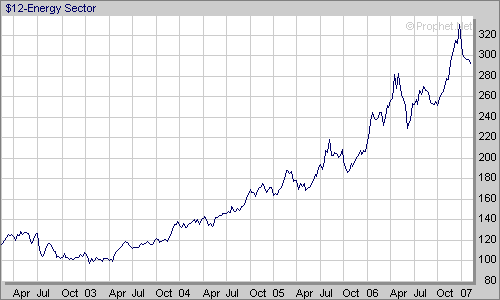
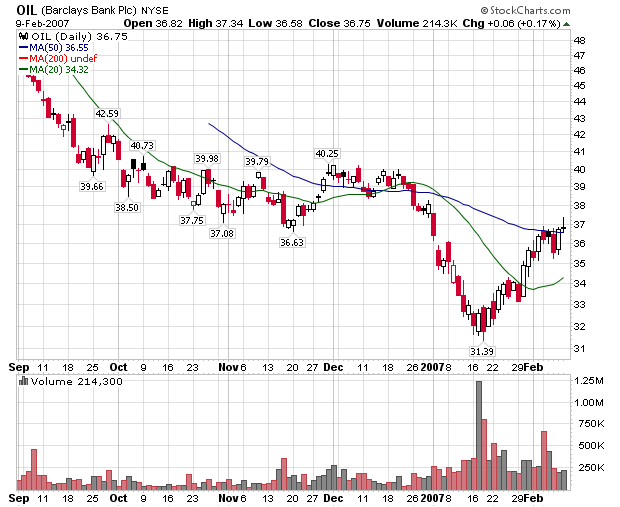
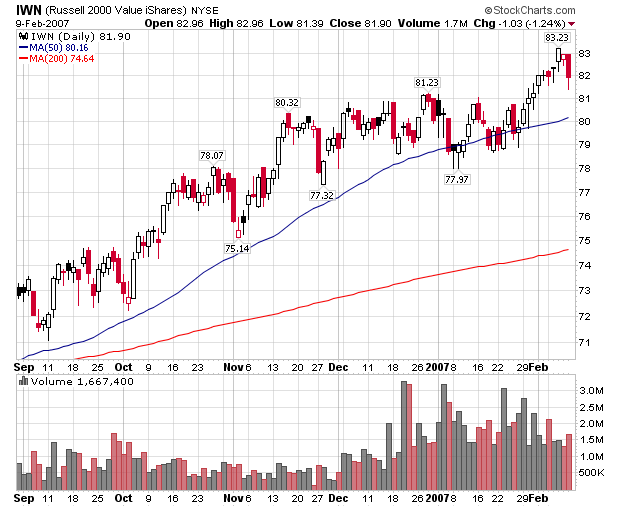


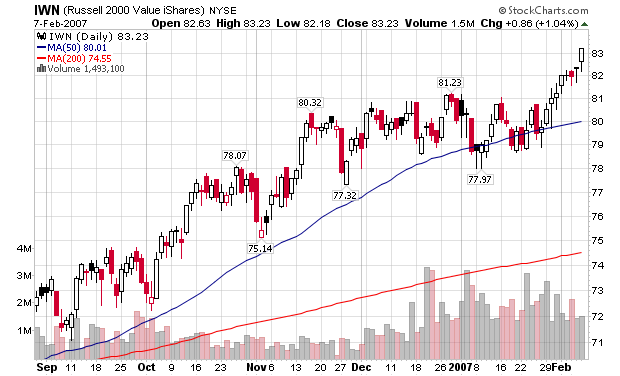
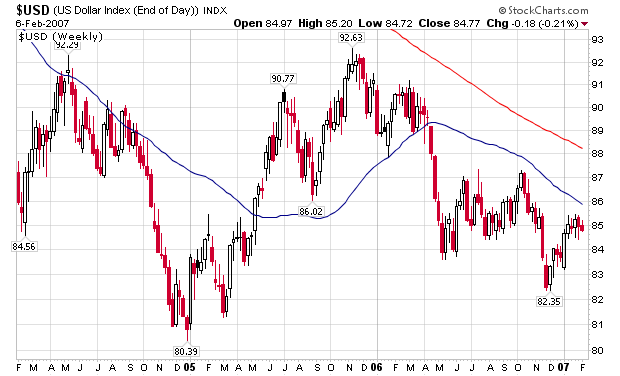
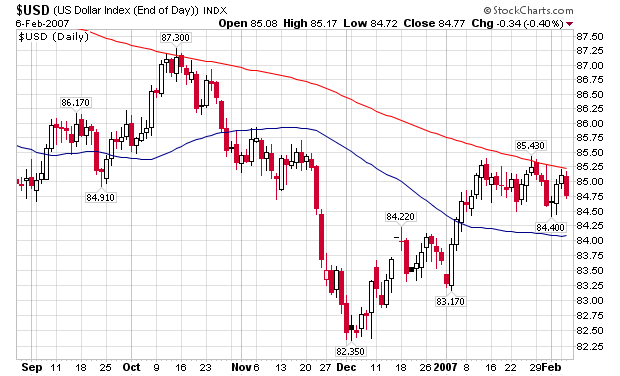
 If your employer tries to cut your health care and pension by 98 percent, what do you do?
If your employer tries to cut your health care and pension by 98 percent, what do you do?
